The Allure of Tokyo Nightscape - Lighting Designer Akari-Lisa Ishii, I.C.O.N. Principal (Part 2)
日本語で読む
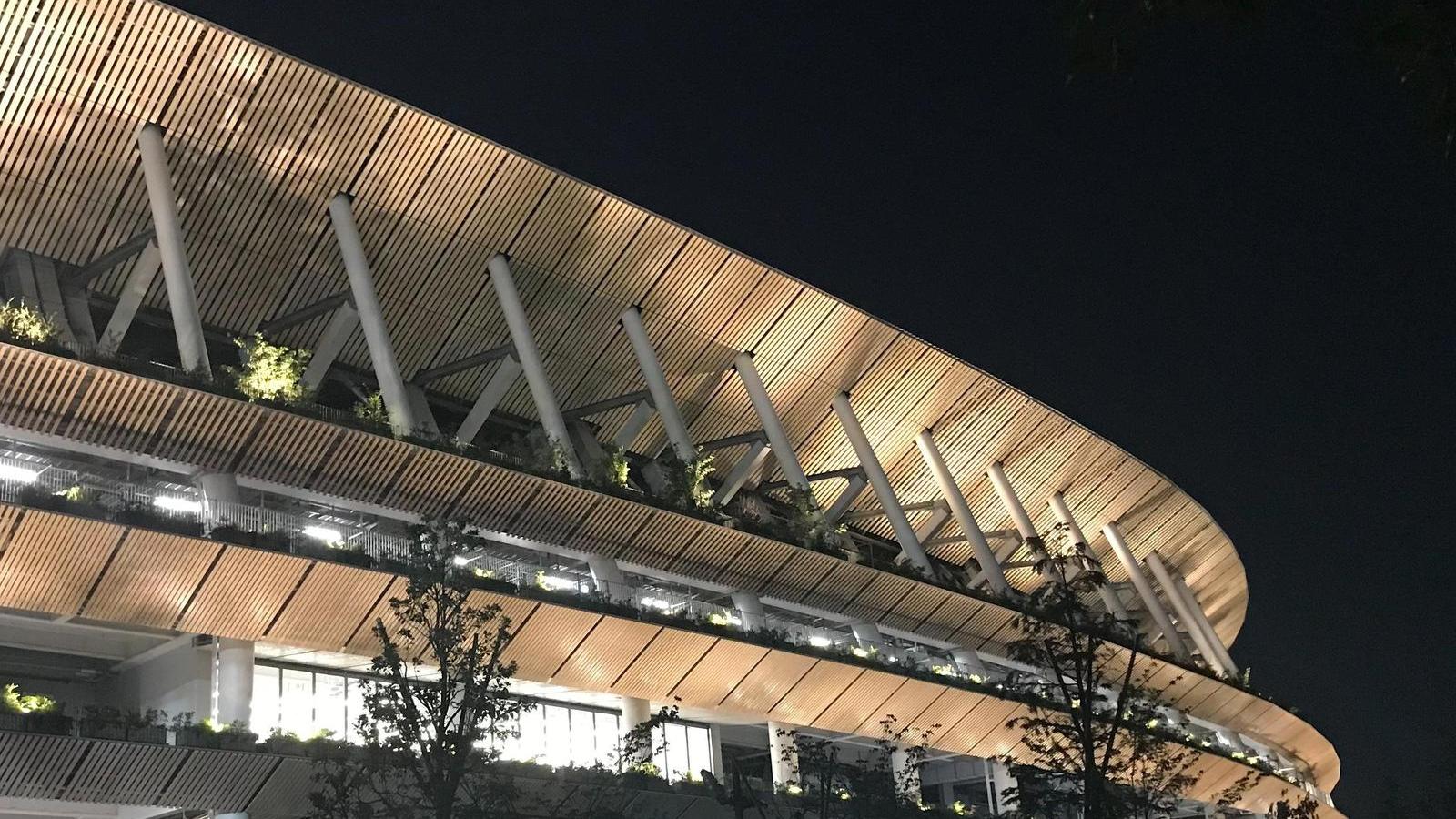
Photo: I.C.O.N. Akari-Lisa Ishii
The rebuilt Japan National Stadium is the first of these that should be noted. In line with the architectural concept of creating the ambience of being enveloped in the forest of the nearby shrine, illumination projects the dappled shade of trees underneath the stadium's eaves, taking a different tack from the conventional uniform and brilliant lighting of large sports facilities, while characterizing the stadium by its attempts to break new ground. At the center of Tokyo, the Sakurada Gate and the stone walls etc. of the Outer Garden of the Imperial Palace, a location that once became a vastness of dark at night, have been lit up to faintly appear at night. The realization of these latest examples, which form the "face" of Tokyo's nights, through lighting that hews gently to the nature at the heart of Japanese aesthetics can be seen as a major step in the history of lighting design, not only in Tokyo but in Japan as a whole.
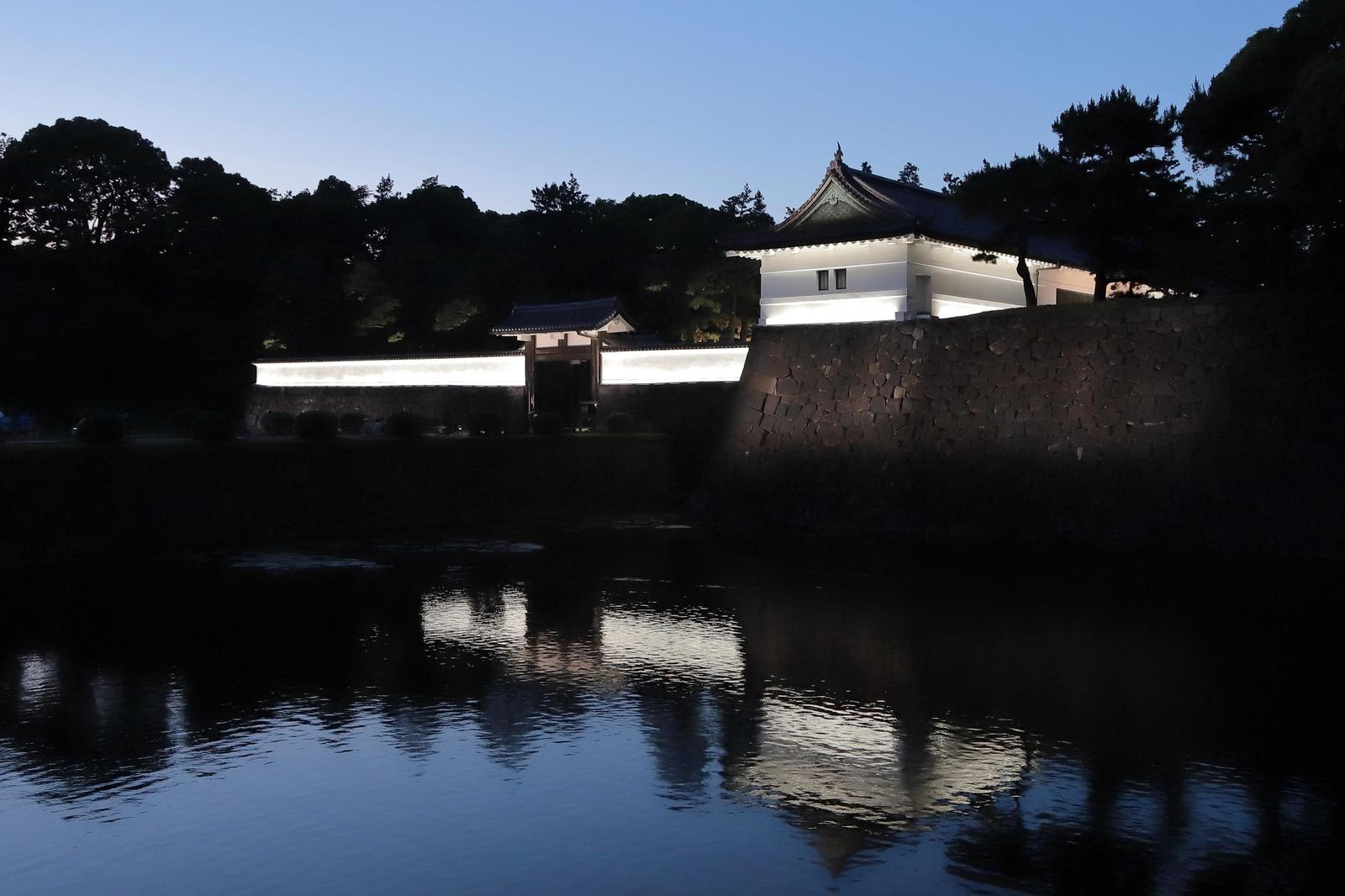 Imperial Palace (Chiyoda-ku, Tokyo)
Imperial Palace (Chiyoda-ku, Tokyo)Photo: Motoko Ishii Lighting Design
In addition to these examples, Nippon Budokan, sacred ground for Japan's martial arts including the Olympic sport of Judo, has been lit up for the first time. The structure's distinctive roof has been deemed difficult to illuminate due to its complicated shape, but through special technology making full use of Japan's world-leading LED technology, the magnificent figure of Nippon Budokan, bronze wings seemingly spreading outward, has been an impressive highlight in the night sky from last year. Looking toward the Tokyo Bay, the replacement of Rainbow Bridge's original light sources with LED lighting has promoted greater energy savings than ever. Electricity for the illumination is supplied by solar panels installed on the bridge's pillars.
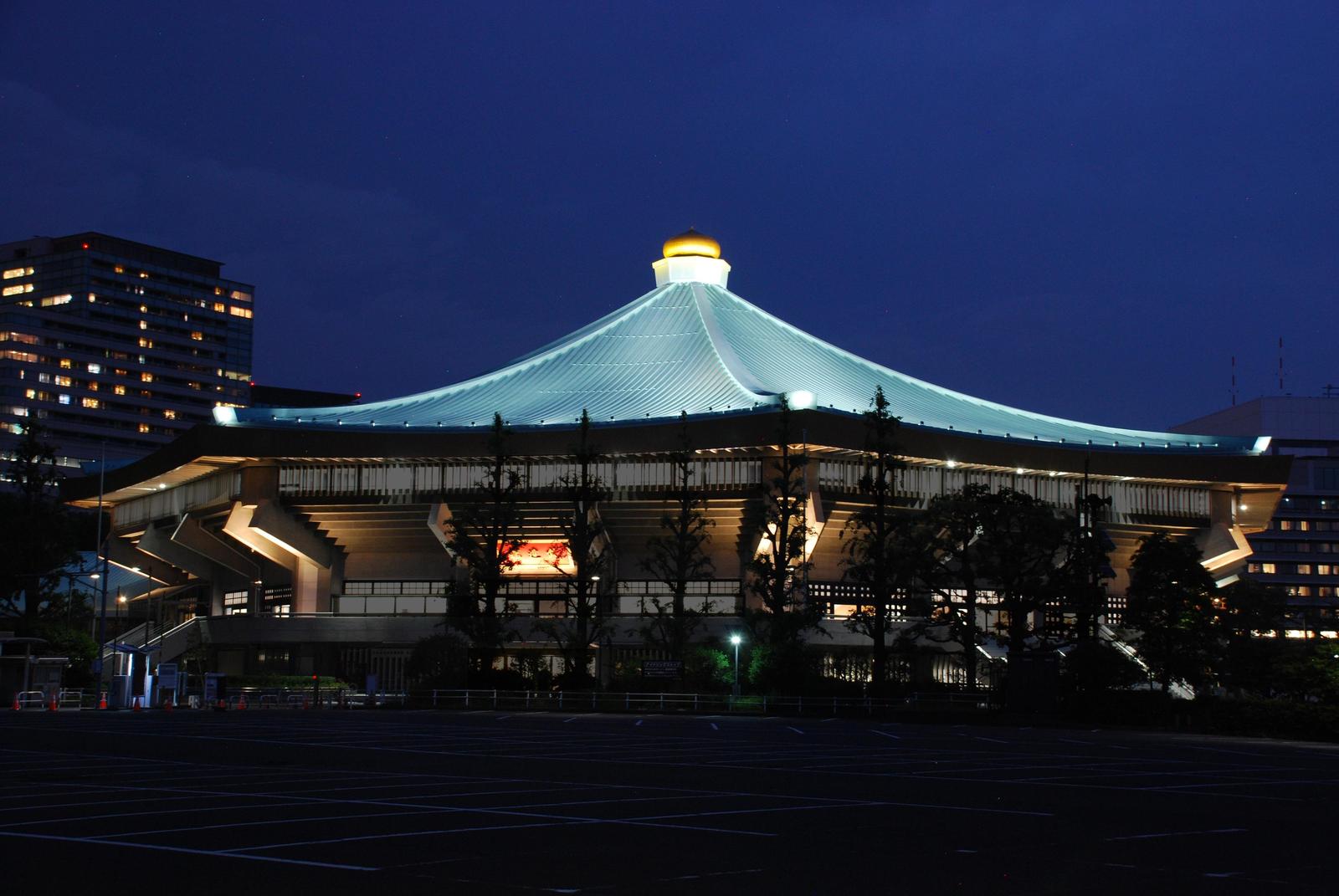 Nippon Budokan (Chiyoda-ku, Tokyo)
Nippon Budokan (Chiyoda-ku, Tokyo)Photo: Motoko Ishii Lighting Design
Together with the Tokyo Gate Bridge, which features a lighting design that has been internationally acclaimed since its opening in 2012 for combining the latest technologies and techniques, Rainbow Bridge connects the nights of the Olympic and Paralympic Village, swimming venues, and other heavily used locations like beautiful lace. Apart from these, ten bridges - Shirahige-bashi, Azuma-bashi, Komagata-bashi, Umaya-bashi, Kuramae-bashi, Kiyosu-bashi, Eitai-bashi, Tsukuda-oohashi, Kachidoki-bashi, and Tsukiji- oohashi - span the Sumida River, a symbol of the canals that are the origin of Tokyo. Heading into 2020, all of these have been touched up with lighting, under a concept of creating a new space-time through the dynamism of Tokyo and the inheritance of Japan's beauty. Considering the city as a whole from a bird's-eye view, the planning of this scenic illumination landscape with a sense of unity, all while drawing out the individuality of each bridge, can be seen as an extremely significant undertaking.
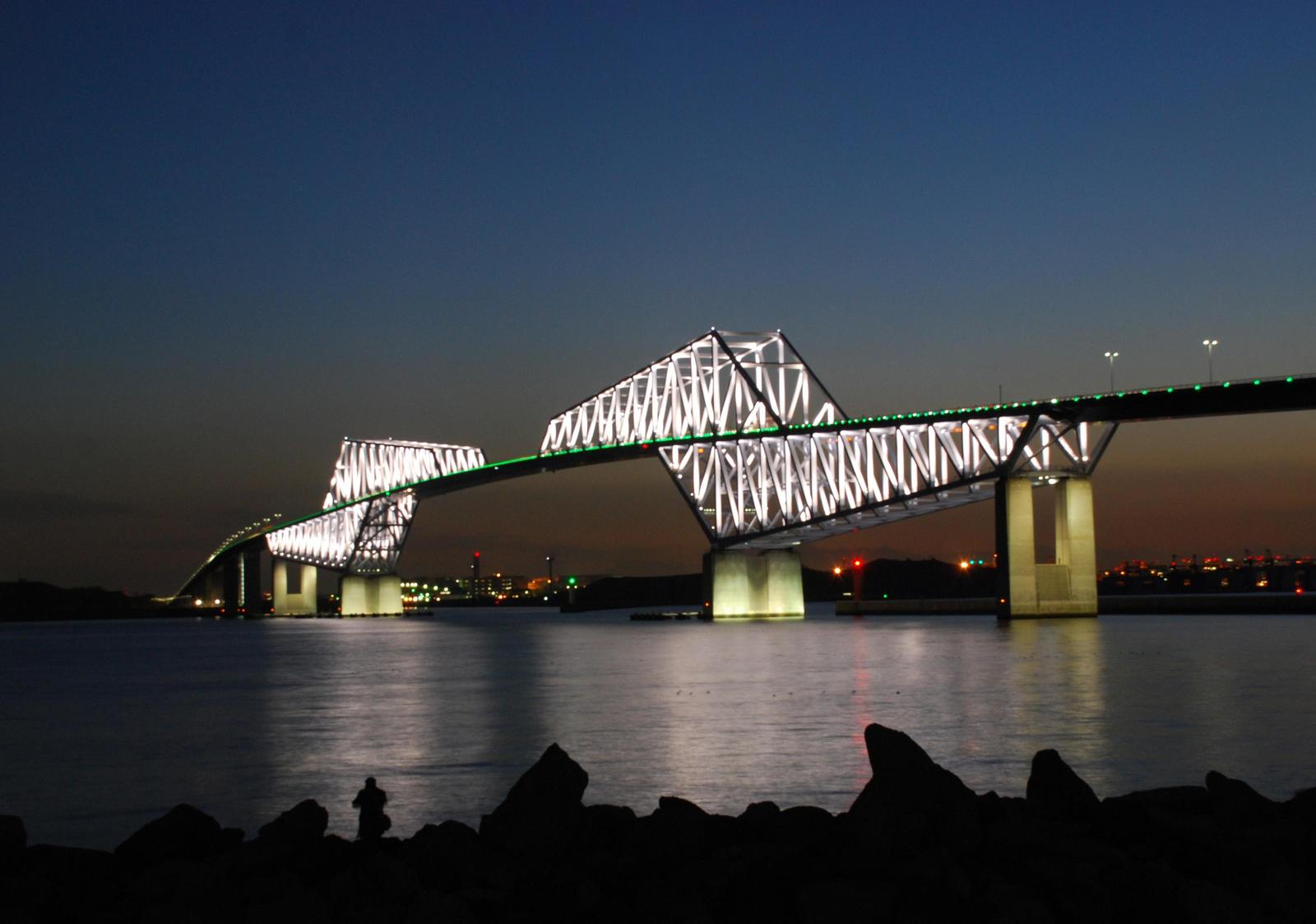 Tokyo Gate Bridge (Koto-ku, Tokyo)
Tokyo Gate Bridge (Koto-ku, Tokyo)Photo: Motoko Ishii Lighting Design
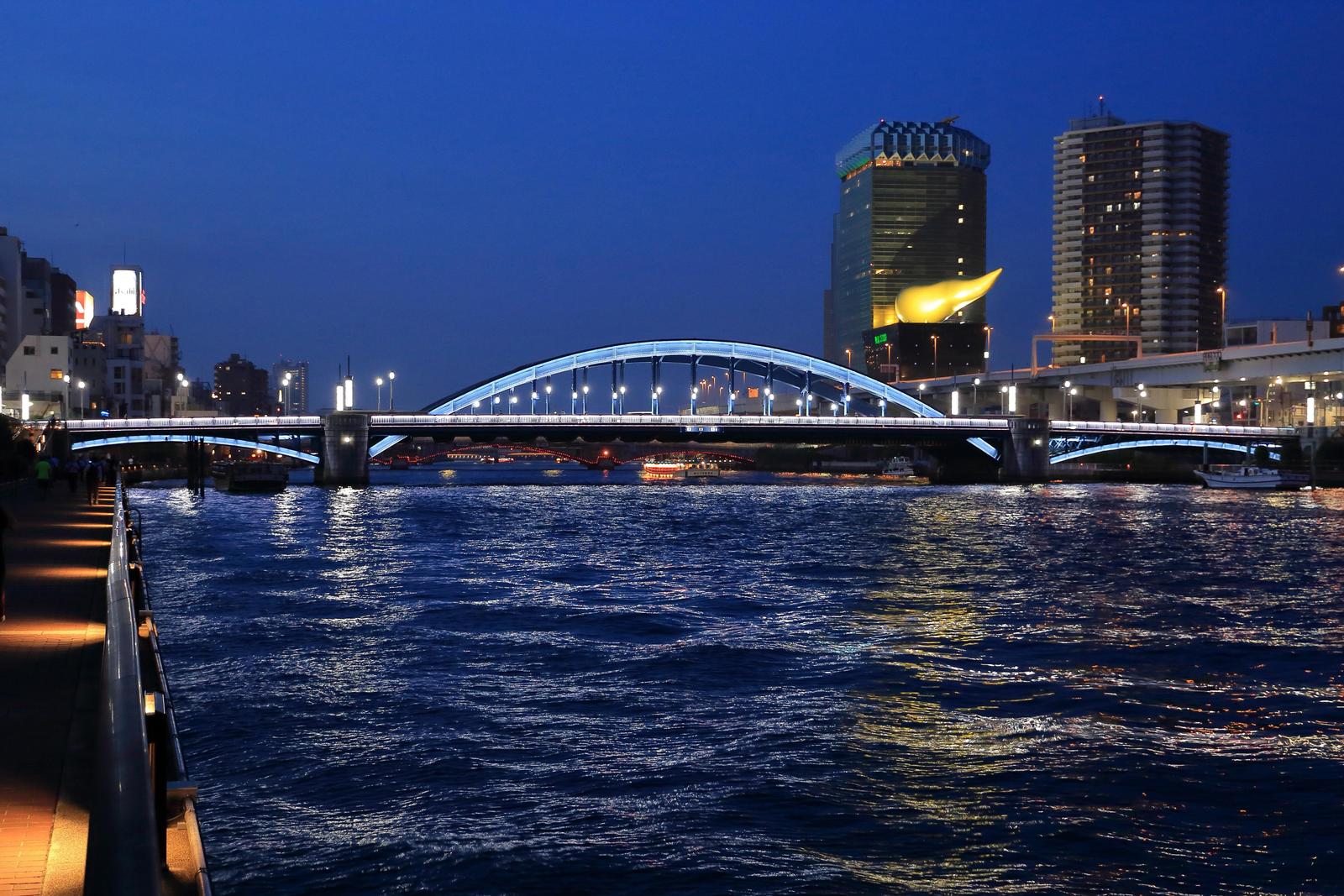 Komagata-bashi (Sumida-ku, Tokyo)
Komagata-bashi (Sumida-ku, Tokyo)Photo: Motoko Ishii Lighting Design
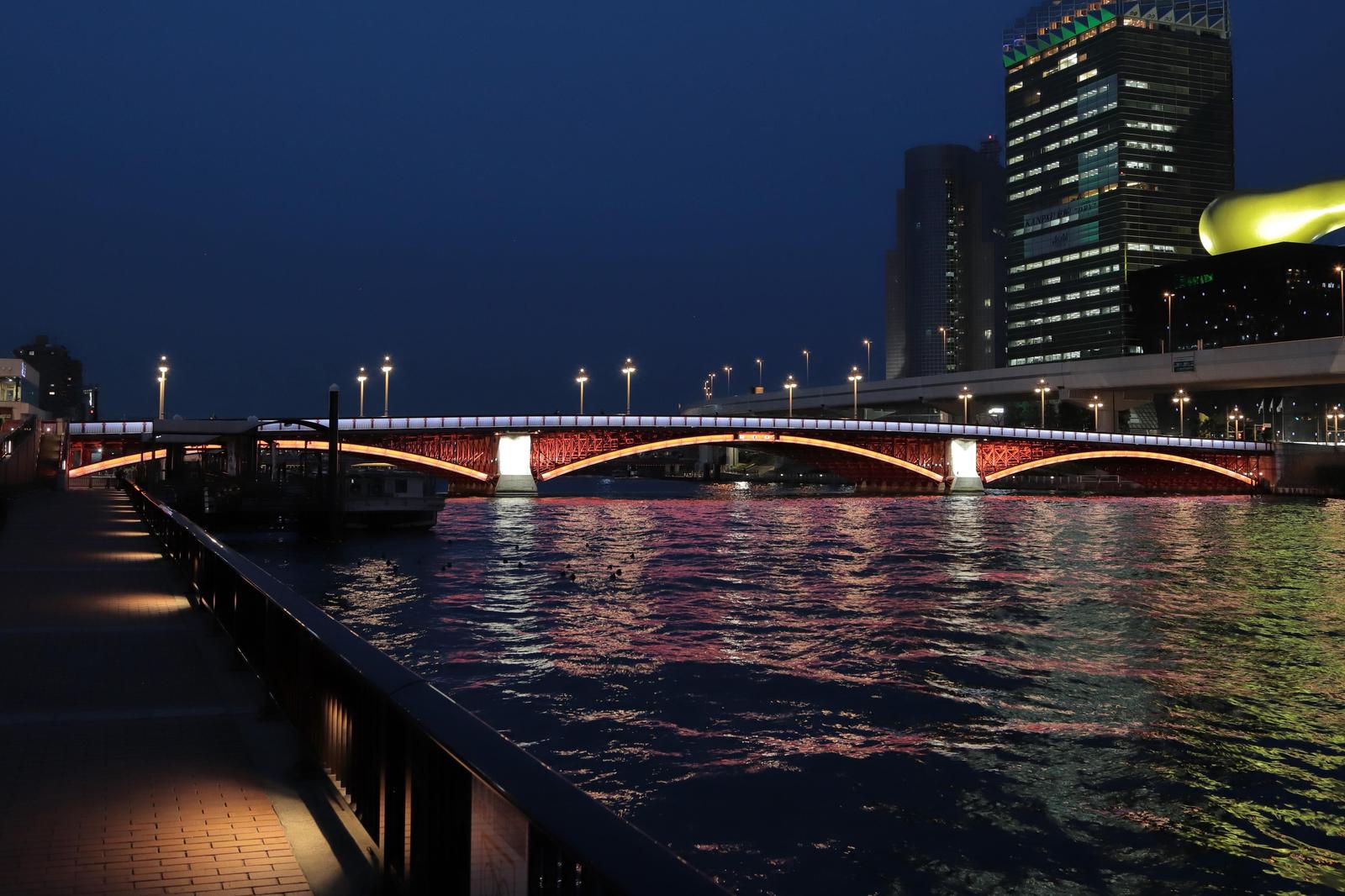 Azuma-bashi (Sumida-ku, Tokyo)
Azuma-bashi (Sumida-ku, Tokyo)Photo: Motoko Ishii Lighting Design
Experiencing this lighting during the Tokyo 2020 Olympic and Paralympic Games may be unfortunately difficult amid the current state of emergency. I hope, though, that you will someday enjoy the allure of the Tokyo nightscape.





